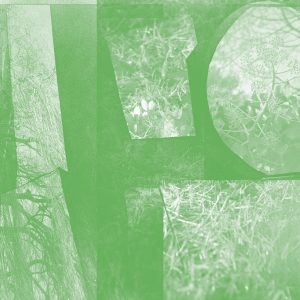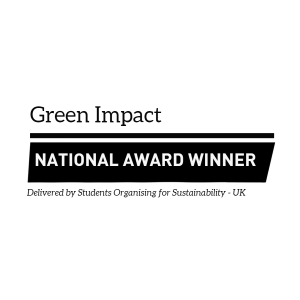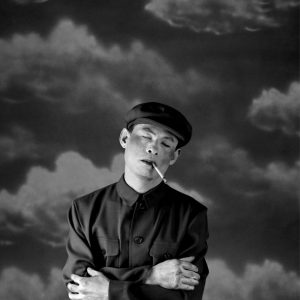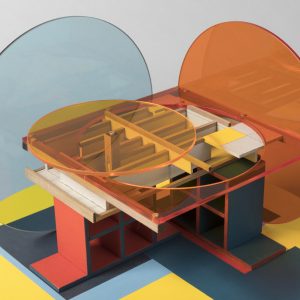
Sustaining Photography Exhibition Open & Events Programme Announced!
Lizzie King and Gwen Riley Jones present Sustaining Photography, an exhibition exploring plant-based alternatives to traditional photography PLUS an exciting engagement programme.

Lizzie King and Gwen Riley Jones present Sustaining Photography, an exhibition exploring plant-based alternatives to traditional photography PLUS an exciting engagement programme.

The Team has been awarded two Green Impact National Awards: Innovation for Engagement and Sustainability Hero, for their continuing commitment to sustainability action and engagement.

Gwen Riley Jones refelcts on a blog first written in May 2022 discussing early work with Salford Youth Council and the origins of 'feeling triangle'.

A Throwbhack Thursday blog ahead of the launch of new exhibition 'Some Days I Feel Triangle'. Gwen gets to know members of Salford Youth Council. Their conversation begins by discussing 'What is NOT art?'

Some Days I Feel Triangle exhibition from Gwen Riley Jones and Salford Youth Council. 1st February-28th April, New Adelphi Exhibition Gallery.

Socially Engaged Photographer Gwen Riley Jones discusses the LOOK Photo Biennial 2022: Climate x University of Salford

Anthotype workshops at the Rediscover Salford event remind us to choose more sustainable ways to live.

Gwen gets to know members of Salford Youth Council. Their conversation begins by discussing 'What is NOT art?'